April 15, 2024
Don’t Be Chicken, Learn About Bird Flu Prevention
You may have seen in the news that bird flu had made its mark in the United States in 2024. The CDC is currently monitoring this virus as we enter the new year and here is what we know:
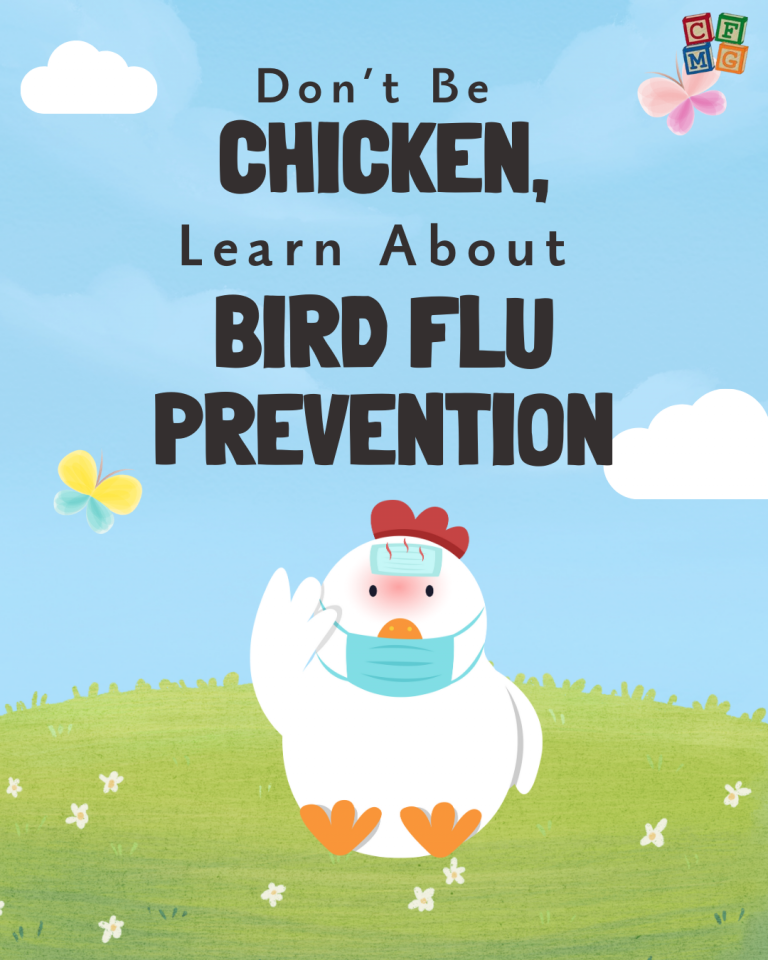
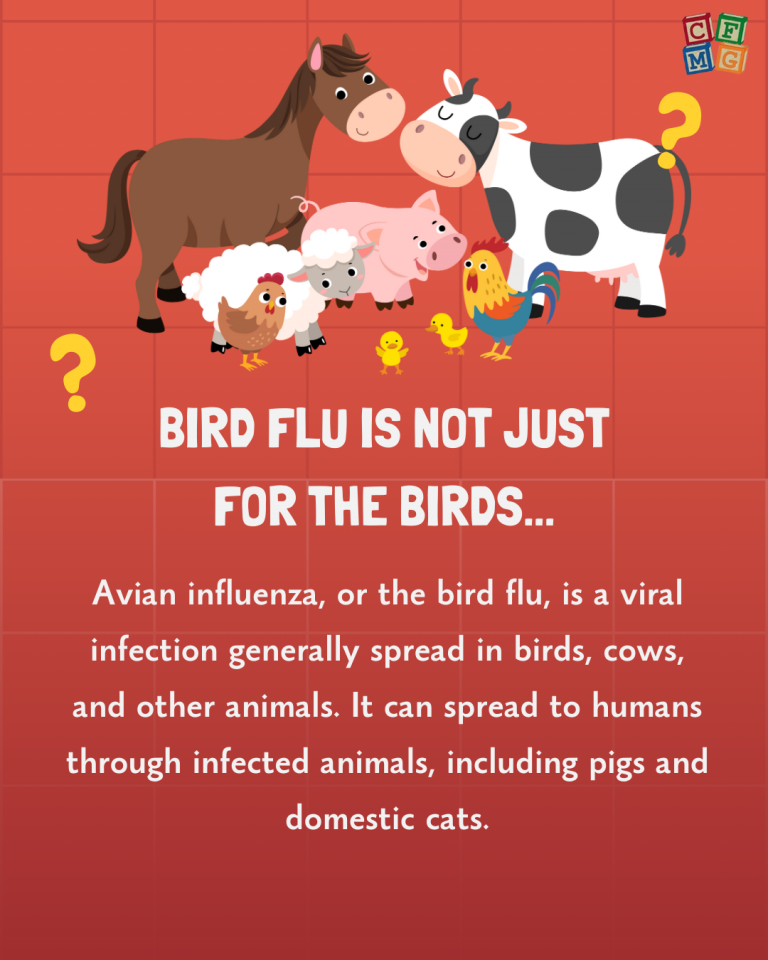
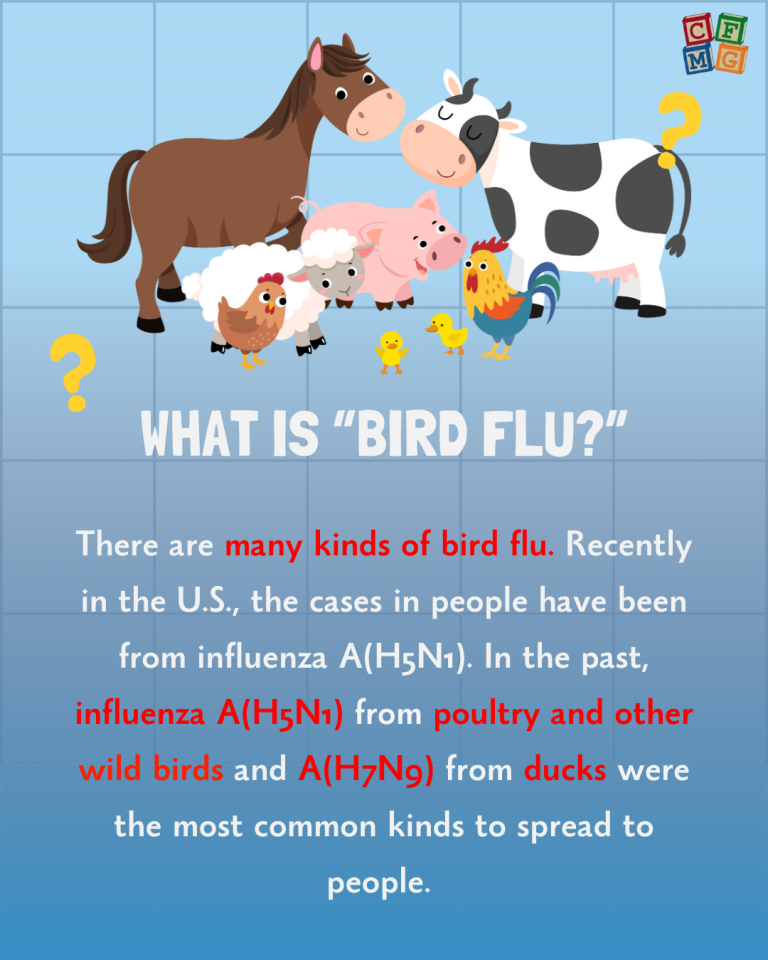
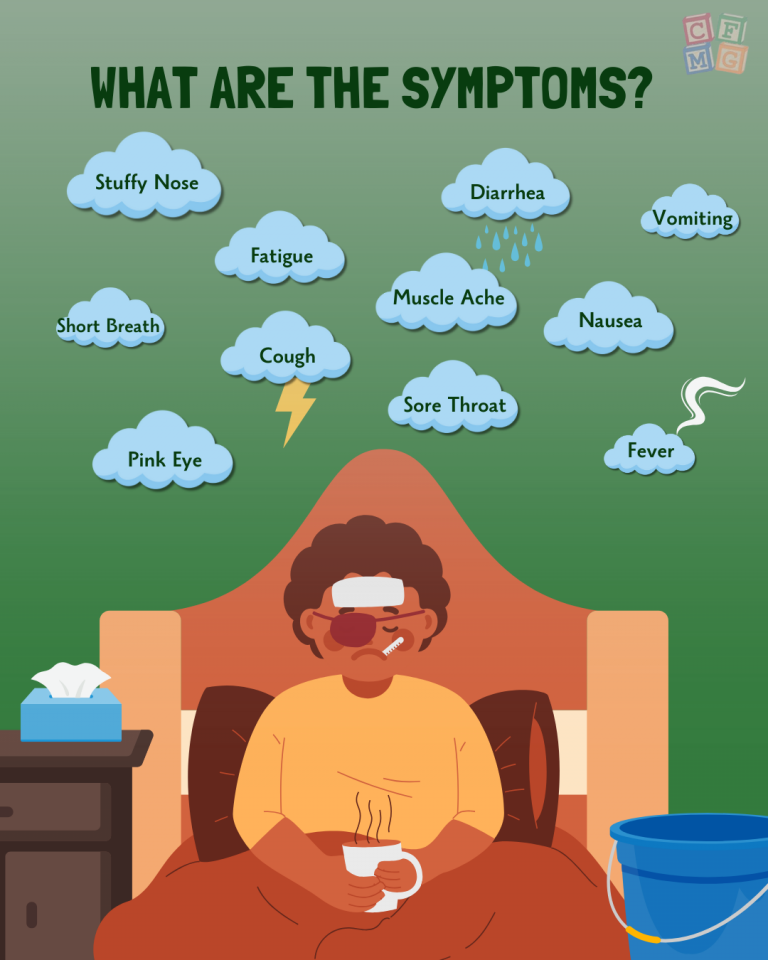
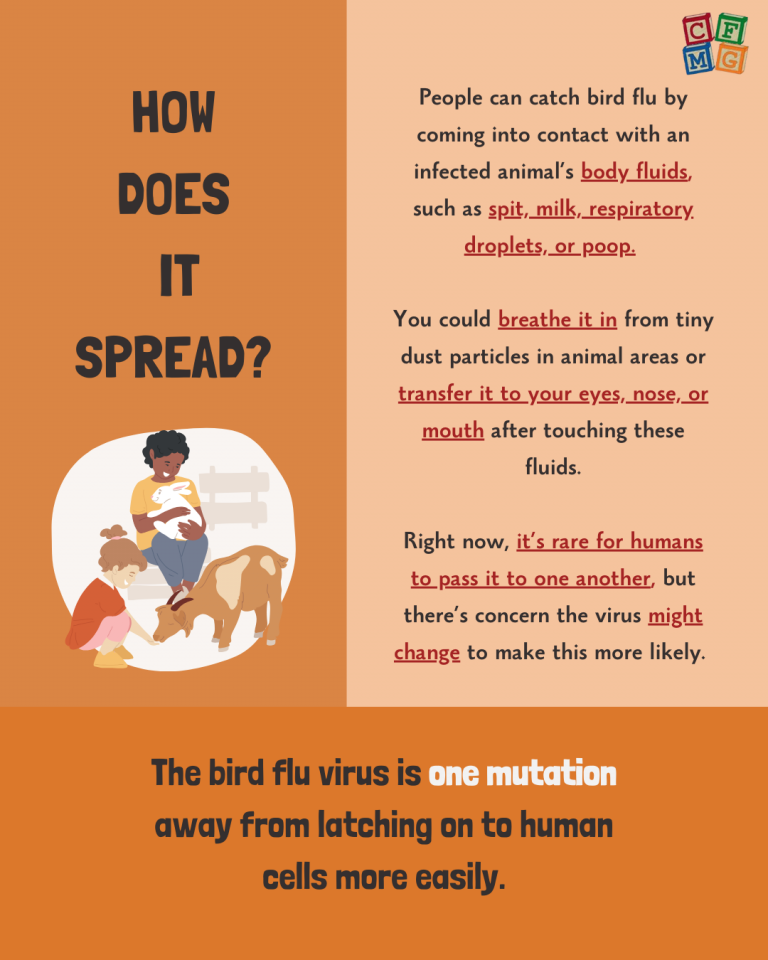

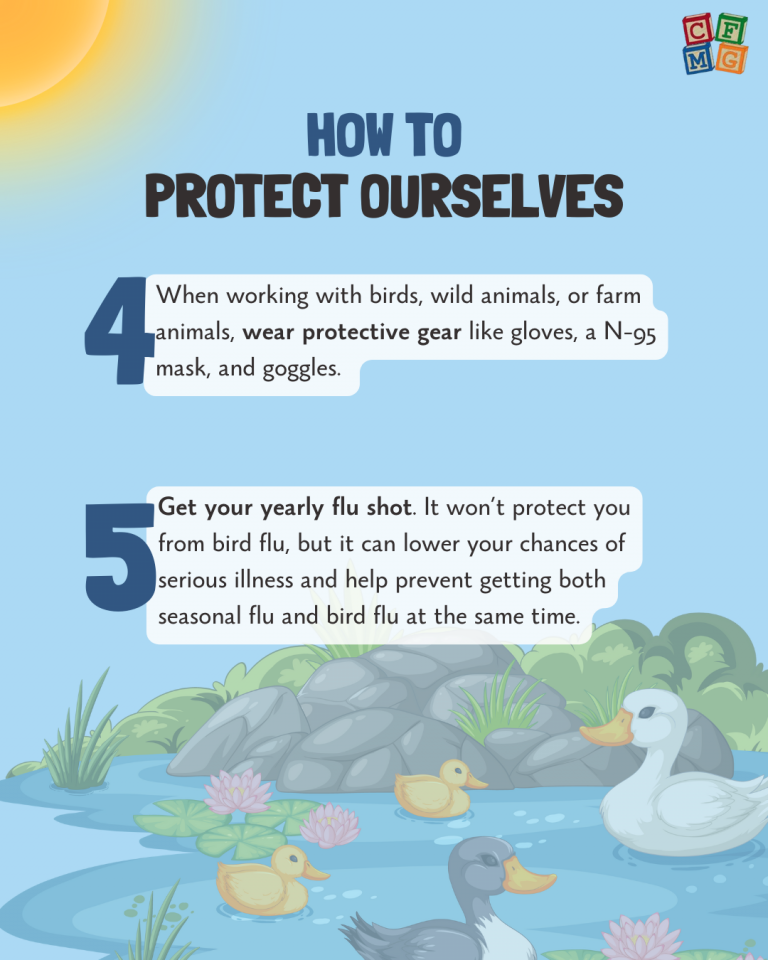

What is the Bird Flu?
Avian influenza, or the bird flu, is a viral infection generally spread in birds, cows, and other animals. It can be spread to humans through infected animals. Currently, there are 66 cases of infected humans and 1 death associated with the bird flu.
There are many kinds of bird flu. Recently in the U.S., the cases in people have been from influenza A(H5). In the past, the most common kinds to spread to people were influenza A(H5N1) and A(H7N9).
What are the Symptoms?
If you get this virus, these are some of the symptoms that you may have:
- Pink eye (conjunctivitis)
- Fever
- Fatigue
- Cough
- Muscle aches
- Sore throat
- Nausea and vomiting
- Diarrhea
- Stuffy or runny nose
- Shortness of breath (dyspnea)
How Does It Spread?
In the U.S., bird flu has affected our poultry and dairy supply. Thankfully, we can’t get bird flu from eating properly cooked poultry or eggs or drinking pasteurized milk.
People can catch bird flu by coming into contact with an infected animal’s body fluids, such as spit, milk, respiratory droplets, or poop. You could breathe it in from tiny dust particles in animal areas or transfer it to your eyes, nose, or mouth after touching these fluids.
Although bird flu mainly affects animals, experts worry it could spread more easily among people. Right now, it’s rare for humans to pass it to one another, but there’s concern the virus might change to make this more likely.
The bird flu virus is one mutation away from latching on to human cells more easily.
How to Protect Ourselves
People who work with U.S. dairy, poultry, and waterfowl are at the highest risk of contracting this infection. Those who generally have contact with animals like chicks and ducks are also at higher risk. Certain holidays, like Easter, are a popular time for families to spend time at petting zoos and being outdoors where they may have contact with these animals.
The risk for the general public is low, but we should protect ourselves and others anyway. Here are some ways to reduce the risk of bird flu:
- Don’t touch or drink raw (unpasteurized) milk.
- Wash your hands often after handling animals or visiting places where they live, such as petting zoos, farms, or areas with ducks or geese. Avoid touching your eyes, face, and mouth.
- If you’ve been in places where birds like chickens or ducks live, take off your shoes before going inside your home. This helps keep bird droppings or other contaminants out of your house.
- Avoid working with sick animals or those exposed to bird flu. Follow public health rules during outbreaks to help stop the spread.
- When working with birds, wild animals, or farm animals, wear protective gear like gloves, a N-95 mask, and goggles.
- Get your yearly flu shot. It won’t protect you from bird flu, but it can lower your chances of serious illness and help prevent getting both seasonal flu and bird flu at the same time.
Sources:
- https://www.cdc.gov/bird-flu/situation-summary/index.html
- https://my.clevelandclinic.org/health/diseases/22401-bird-flu
- https://abcnews.go.com/Health/1st-bird-flu-death-reported-us-happen-virus/story?id=117417561
- https://www.scientificamerican.com/article/bird-flu-virus-is-one-mutation-away-from-adapting-to-human-cells/#:~:text=Scientists%20have%20discovered%20that%20H5N1,found%20in%20the%20upper%20airway.
